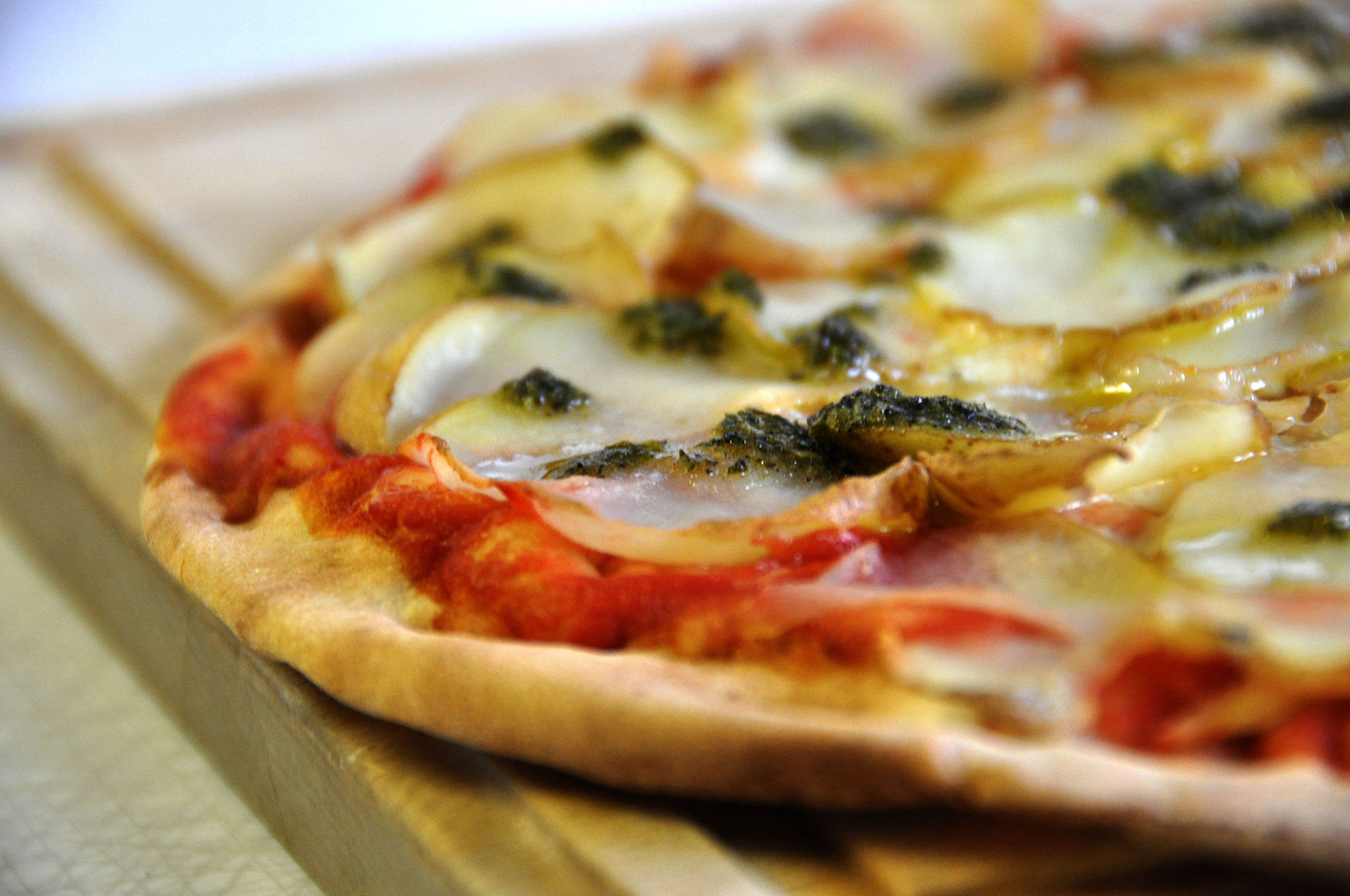Forum Replies Created
- Replies
-
- March 30, 2018 at 9:51 am
- in reply to: Italian Cuisine
Italian cuisine has developed over the centuries. Although the country known as Italy did not unite until the 19th century, the cuisine can claim traceable roots as far back as the 4th century BCE. Food and culture was very important at that time as we can see from the cookbook (Apicius) which dates back to first century BC.
Through the centuries, neighbouring regions, conquerors, high-profile chefs, political upheaval and the discovery of the New World have influenced its development. Italian food started to form after the fall of the Roman Empire, when different cities began to separate and form their own traditions. Many different types of bread and pasta were made, and there was a variation in cooking techniques and preparation. The country was split. Regional cuisine is represented by some of the major cities in Italy. For example, Milan (north of Italy) is known for its risottos, Bologna (the central/middle of the country) is known for its tortellini and Naples (the south) is famous for its pizzas and spaghettis…
- March 30, 2018 at 9:51 am
- in reply to: Italian Cuisine
An external image…

- March 30, 2018 at 9:47 am
- in reply to: Chocolate Mousse
An external image…

- March 30, 2018 at 9:46 am
- in reply to: Chocolate Mousse
- March 30, 2018 at 9:45 am
- in reply to: Beef Stroganoff
Rich in both history and carbs, Russian cuisine keeps you warm during cold winter months and helps you stay refreshed on a hot summer day. Strange to foreign eyes, food in Russia is usually made with simple ingredients, but is surprisingly comforting. We’ve made a list of traditional foods to show that Russian cuisine is much more than vodka and boiled cabbage.
- March 30, 2018 at 9:44 am
- in reply to: Beef Stroganoff
- March 30, 2018 at 9:43 am
- in reply to: Turkish Cuisine
Especially in the western parts of Turkey, where olive trees grow abundantly, olive oil is the major type of oil used for cooking. The cuisines of the Aegean, Marmara and Mediterranean regions are rich in vegetables, herbs, and fish. Central Anatolia has many famous specialties, such as keşkek, mantı (especially from Kayseri) and gözleme. Food names directly cognate with mantı are found also in Chinese (mantou or steamed bun) and Korean cuisine (mandu).
- March 30, 2018 at 9:43 am
- in reply to: Turkish Cuisine
Turkish cuisine varies across the country. The cooking of Istanbul, Bursa, Izmir, and rest of the Asia Minor region inherits many elements of Ottoman court cuisine, with a lighter use of spices, a preference for rice over bulgur, koftes and a wider availability of vegetable stews (türlü), eggplant, stuffed dolmas and fish.
The cuisine of the Black Sea Region uses fish extensively, especially the Black Sea anchovy (hamsi) and includes maize dishes. The cuisine of the southeast (e.g. Urfa, Gaziantep, and Adana) is famous for its variety of kebabs, mezes and dough-based desserts such as baklava, şöbiyet, kadayıf, and künefe.
- March 30, 2018 at 9:42 am
- in reply to: Zarangollo
- March 29, 2018 at 11:10 pm
- in reply to: Zarangollo
Pisto (also known as Pisto manchego) is a Spanish dish originally from the Region of Murcia and Castilla La Mancha. It is made of tomatoes, onions, eggplant or courgettes, green and red peppers and olive oil. It resembles ratatouille to some extent and is usually served warm as a starter or to accompany another dish. It is often served with bread, a fried egg on top or with pieces of cured ham. It is also used as the filling for pastiess and tartletts (empanadillas).
The dish is sometimes formally named Pisto manchego, from its origins in the historical region of La Mancha (mostly situated in the region of Castilla La Mancha. Pisto a la Bilbaína, from Bilbao in the (Basque Country) is similar to pisto manchego but usually includes only courgettes and green peppers in tomato sauce, sometimes lightly scrambled with eggs.
- March 29, 2018 at 11:10 pm
- in reply to: Zarangollo
Pisto (also known as Pisto manchego) is a Spanish dish originally from the Region of Murcia and Castilla La Mancha. It is made of tomatoes, onions, eggplant or courgettes, green and red peppers and olive oil. It resembles ratatouille to some extent and is usually served warm as a starter or to accompany another dish. It is often served with bread, a fried egg on top or with pieces of cured ham. It is also used as the filling for pastiess and tartletts (empanadillas).
The dish is sometimes formally named Pisto manchego, from its origins in the historical region of La Mancha (mostly situated in the region of Castilla La Mancha. Pisto a la Bilbaína, from Bilbao in the (Basque Country) is similar to pisto manchego but usually includes only courgettes and green peppers in tomato sauce, sometimes lightly scrambled with eggs.